When planning your small yard landscape, choosing the right trees is crucial. Small yards require careful selection to maximize space. Consider factors like tree height, root spread, and growth rate to ensure harmony with your garden. The right trees can provide shade, beauty, and even increase property value.
Why Size Matters When Planting Trees
Understanding Tree Growth: When choosing trees for small yards, it’s crucial to consider how much space they will occupy as they mature. Selecting the right size of tree ensures that your garden remains balanced and harmonious over time.
Space Efficiency: Trees with a smaller mature size are perfect for limited areas. They allow for better sun exposure to your home and other plants in your garden. Opting for compact varieties minimizes the risk of roots interfering with your home’s foundation or underground pipes.
Balance and Aesthetics
While a large tree might seem appealing, it can overshadow a small garden, reducing overall visual appeal. Smaller trees maintain proportion and contribute to an aesthetically pleasing environment.
Maintenance: Choosing the correct tree size also influences maintenance activities, like pruning and watering. Smaller trees require less upkeep, making them ideal for those with busy lifestyles.
Environmental Impact
Smaller trees often consume less water and nutrients, making them more sustainable choices for urban environments. They can still provide shade, habitat for wildlife, and improved air quality while fitting perfectly into your garden’s ecosystem.
Top Tree Varieties for Limited Spaces
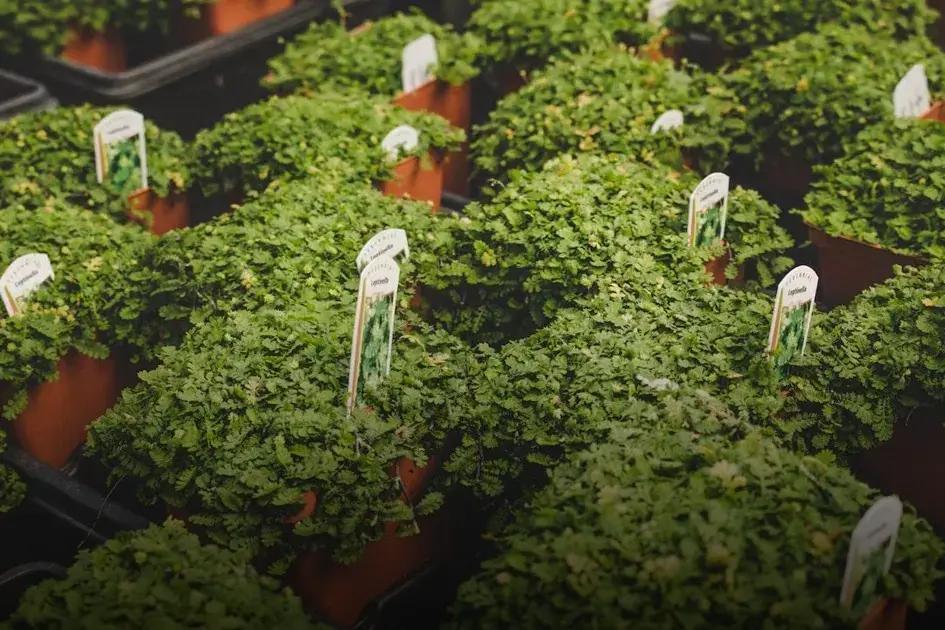
When designing a small yard, selecting the right tree varieties is essential to maximize space while maintaining an attractive landscape. Here are some exceptional tree varieties to consider:
- Dwarf Japanese Maple: Known for its vibrant foliage during the fall, this tree brings a splash of color without overpowering smaller landscapes.
- Crabapple: Perfect for limited spaces, crabapple trees offer delightful blossoms in spring and small fruits in the fall, attracting birds and adding seasonal interest.
- Redbud: A small-sized tree, the redbud bursts with pink blossoms in early spring, providing a stunning visual display.
- Serviceberry: With its year-round aesthetic appeal, this tree offers spring flowers, summer berries, and beautiful fall foliage.
- Columnar Trees: Varieties such as the columnar tulip tree or columnar oak can fit in narrow spaces, growing upwards rather than outwards.
- Hawthorn: These trees are hardy and provide clusters of fragrant flowers in spring, followed by colorful berries.
Compact evergreens like dwarf spruce or juniper are also excellent choices for maintaining greenery throughout the year in small yards. These varieties are particularly effective when combined with deciduous trees to keep your garden lively and vibrant in all seasons.
Factors to Consider Before Planting
Before you embark on planting trees in your small yard, it’s essential to consider various factors that can influence the success of your planting. Firstly, take into account the climate of your area. This will determine which tree species are likely to thrive. Additionally, examine the soil type in your yard. Different trees have specific soil preferences, ranging from well-drained sandy soils to rich, loamy textures.
Space is another important consideration. Measure the available area and ensure there is enough room for the tree’s future growth, both above and below ground. Trees can have extensive root systems, so be mindful of potential interference with underground infrastructure.
Light Requirements
Understand the light availability in your yard. Some trees require full sun to grow, while others do well in partial shade. Assess the sunlight patterns throughout the day to make informed decisions.
Water and Maintenance Needs
Consider the water needs and maintenance level of potential tree choices. Some trees are drought-tolerant, whereas others need regular watering. Moreover, think about maintenance requirements like pruning and leaf fall, which could affect your yard’s upkeep time.
Understanding these factors helps in making a decision that aligns with your yard’s characteristics and your personal preferences.
The Benefits of Small Garden Trees

Small garden trees can bring numerous advantages to your outdoor space, making them an ideal choice for those with compact yards. Choosing the right type of tree caters to both aesthetic and practical needs, adding value and charm to your garden.
Enhancing Space with Small Trees
Trees in small gardens can create the illusion of a larger area. By providing vertical interest, trees draw the eye upward, offering a sense of depth. Ornamental trees, with their stunning blooms and colorful leaves, can serve as focal points, complementing other elements in the garden.
Environmental Benefits
Even small trees play a crucial role in enhancing the environment. They contribute to improving air quality, as well as providing shade that can help moderate temperature. This climate regulation can be particularly valuable in urban settings, where heat can become overwhelming.
Support for Wildlife
Small garden trees can also attract and support local wildlife. Birds, butterflies, and beneficial insects find refuge in these trees, contributing to the biodiversity of your yard. Choose fruit-bearing varieties to offer a food source while also enjoying seasonal produce.
Practical Considerations
Small trees require less maintenance compared to their larger counterparts. Their reduced size means less pruning and easier care, making them perfect for busy homeowners. Additionally, they often have shorter root systems, minimizing the risk of damage to surrounding structures.
Caring for Your Yard’s Trees
When it comes to ensuring the health and longevity of the trees in your small yard, regular maintenance is key. Pruning is essential to remove dead or crowded branches, which can enhance the tree’s ability to capture sunlight and promote better airflow. This not only helps the tree grow stronger but also supports a healthier ecosystem in your yard.
Watering is another critical component of tree care. Ensure that your trees are receiving the right amount of water, especially during dry spells. Installing a soaker hose or a drip irrigation system can deliver water efficiently, minimizing waste and ensuring deep root watering.
Mulching is highly beneficial for your trees as it retains soil moisture, moderates temperature fluctuations, and suppresses weed growth. Apply a 2- to 3-inch layer of organic mulch like wood chips or bark around the base of the tree, keeping it away from the trunk to prevent rot.
Watch out for any signs of pests or diseases. Regularly inspect the leaves, branches, and bark for any unusual discoloration or damage. Early detection and treatment are crucial to prevent further spread and to protect other trees and plants in your yard.
Lastly, consider soil testing to understand its nutrient content and pH level. This can inform you whether you’re providing the optimal conditions for your trees to thrive or if there’s a need for soil amendments.

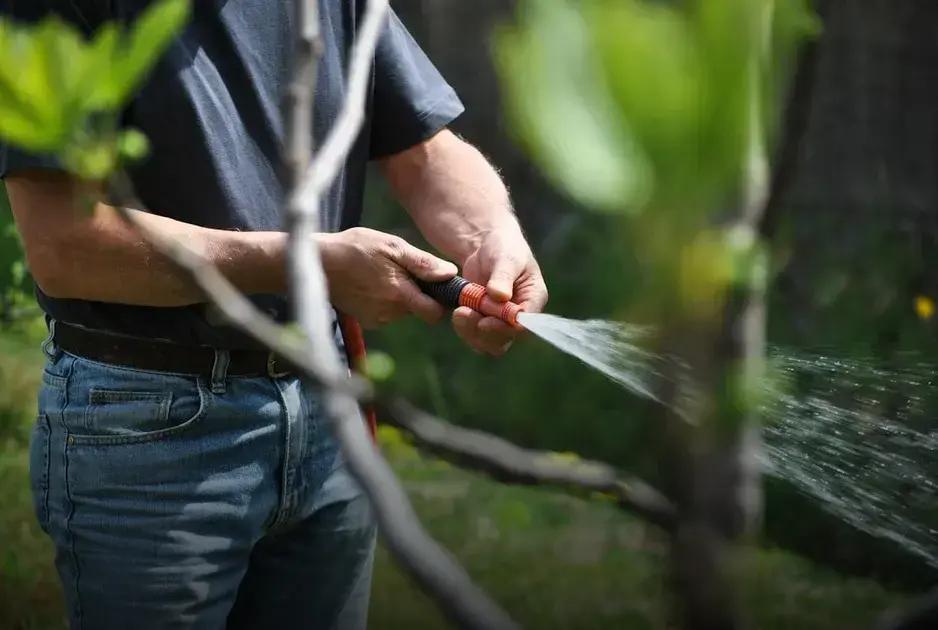
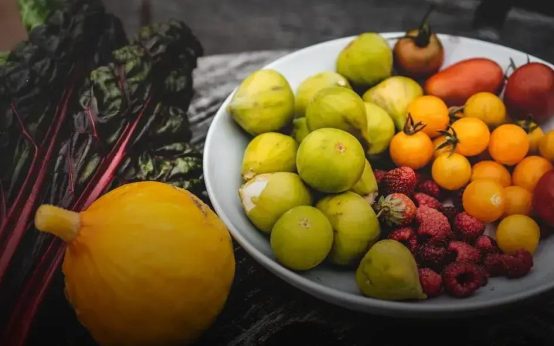 Water-Saving Gardening: Top Tips for a Drought-Resistant Yard
Water-Saving Gardening: Top Tips for a Drought-Resistant Yard 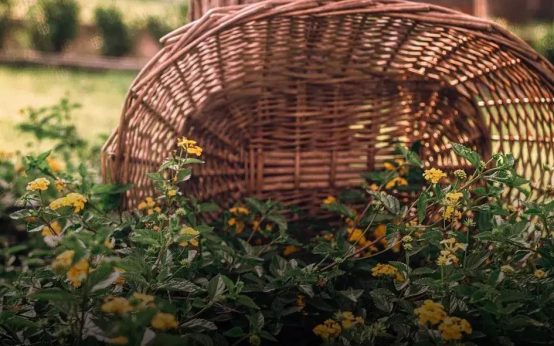 Attracting Birds to Your Garden: Plants That Bring Them
Attracting Birds to Your Garden: Plants That Bring Them 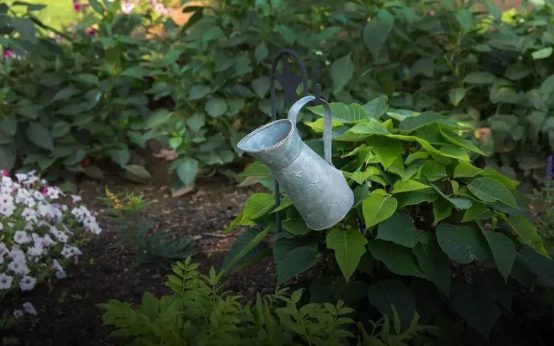 How to Start Composting at Home: A Beginner’s Guide
How to Start Composting at Home: A Beginner’s Guide